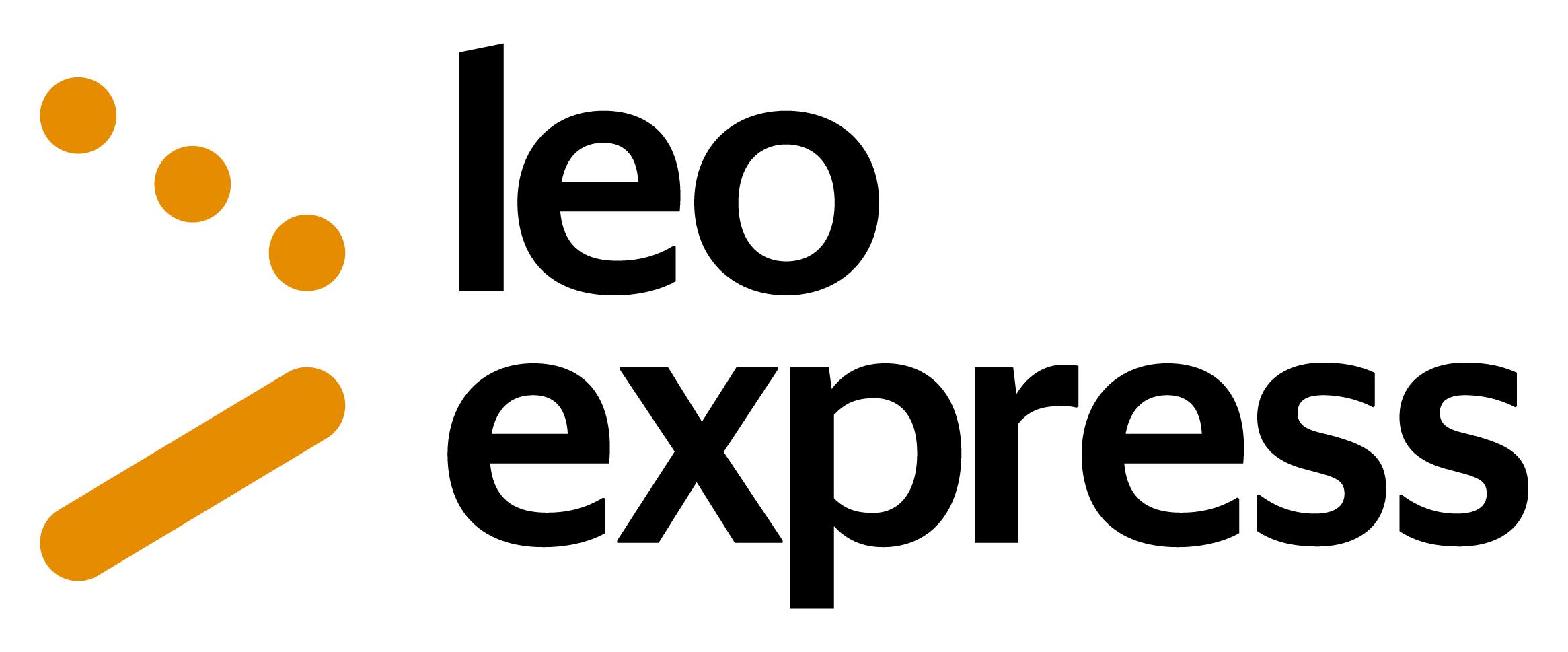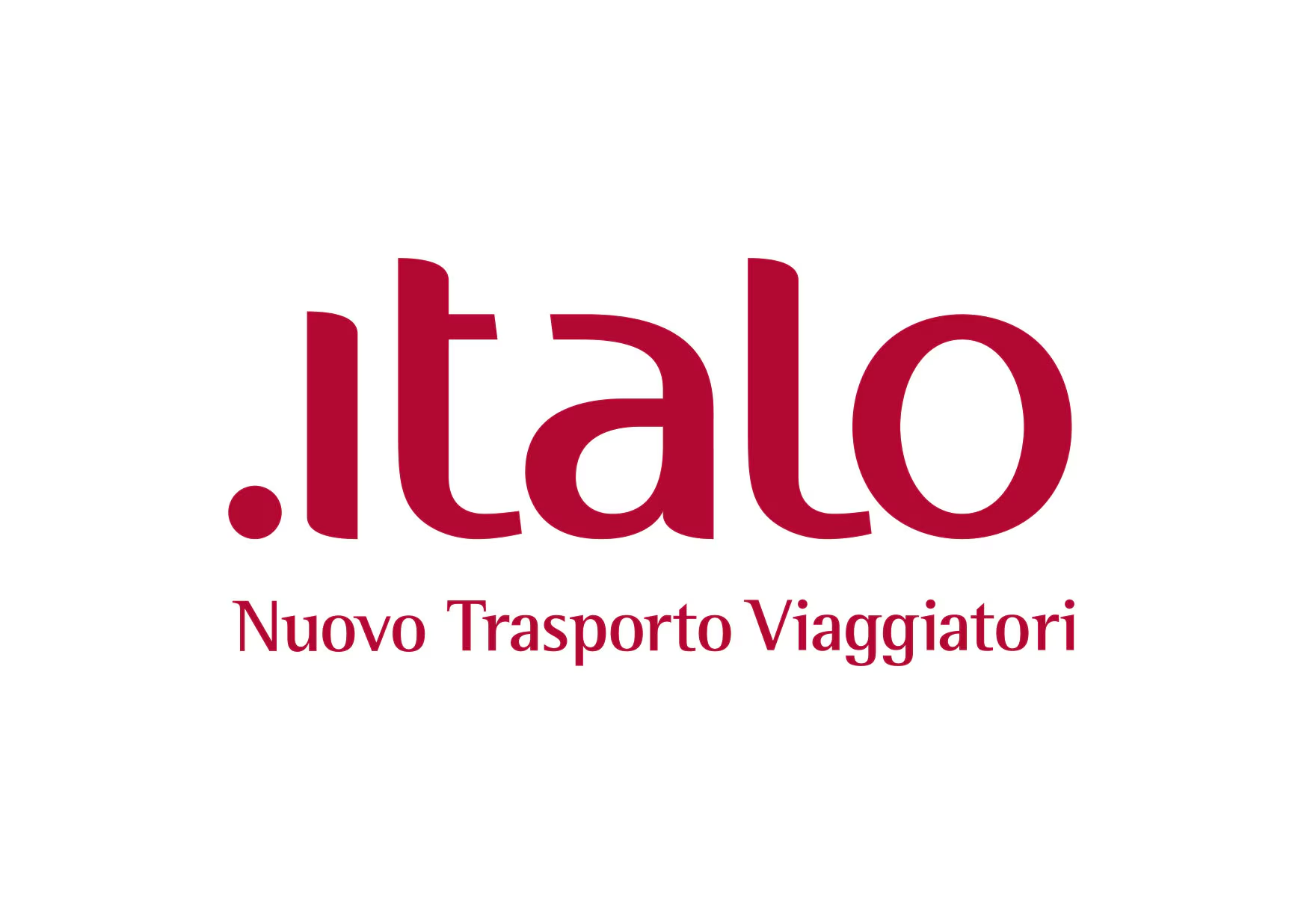
You can buy train tickets directly from the operator or through a reseller. The reseller is typically slightly more expensive (3-5%) but can provide an easier booking experience, especially if you travel with more than one operator.


These operators provide a complete journey either as a direct connection or through their partners. Even if a change of trains is involved, it’s all part of a single itinerary managed by the same train company or its partners, offering a smoother and more coordinated travel experience.


Some operators don’t run direct trains the whole way, but they serve either the departure or arrival station. In many cases, you can combine two of these operators to complete your journey by changing trains along the way. This is often a flexible and budget-friendly way to travel — especially if you’re comfortable piecing together your own itinerary.
Just keep in mind that these are separate journeys, which means a delay on the first leg could cause you to miss the second without automatic compensation or rebooking. It’s a great option for confident travelers who don’t mind a bit of extra planning.





Deutsche Bahn, often abbreviated as DB, is Germany’s national railway company and one of the largest and most efficient rail networks in Europe. It offers a range of train types, including the high-speed Intercity-Express (ICE) trains, which are known for their comfort and speed. ICE trains feature modern amenities such as spacious seating, power outlets, free Wi-Fi, and dining services with a selection of meals and beverages. For travelers in first class, additional amenities include more personal space, at-seat service, and access to DB lounges at select stations. Deutsche Bahn is notable for its comprehensive customer support, available through various channels including online, via phone, and in person at train stations, where multilingual staff can assist with travel queries.
FlixBus, commonly known as a long-distance bus service, has expanded into train operations under the brand name FlixTrain. This service offers an affordable alternative to traditional rail operators and aims to provide competitive pricing. FlixTrain services include basic amenities such as comfortable seating and Wi-Fi, although the level of luxury and additional services are generally more limited compared to high-speed trains. The trains are typically older stock that has been refurbished to meet FlixTrain’s standards. Customer support is integrated within their app and website, providing travelers with real-time updates, ticketing services, and customer service assistance, primarily through digital platforms. FlixTrain’s focus is on providing budget-friendly travel with straightforward services aimed at young travelers and those seeking economical options.
First-time travelers should consider the travel experience they desire, whether it is the high-speed, premium service offered by Deutsche Bahn or the budget-friendly approach of FlixTrain, as well as factors like travel time, cost, and amenities that best suit their needs.
The Interrail Global Pass and the Eurail Pass are both valid options for traveling by train from Berlin to Milan. The Interrail Global Pass can be used by European residents, providing they do not reside in Germany or Italy, since Interrail is not valid for trips entirely within a resident’s own country. Therefore, a traveler using the Interrail Global Pass can use it from Berlin to Milan as long as they do not reside in Germany or Italy. The Eurail Pass is intended for non-European residents, so travelers from outside the EU can use it for this journey. The Interrail One Country Pass would not be applicable for a journey from Berlin to Milan, as it covers travel within a single country only.
Upon arriving in Milan by train, there are several effective ways to get around the city using local transportation. Milan has an extensive public transport network operated by ATM (Azienda Trasporti Milanesi), including the metro, trams, and buses. The metro is a convenient and fast way to travel and consists of four main lines (M1, M2, M3, and M5) that cover most areas of the city, with trains running frequently from early morning until about midnight. The tram network is another great option, offering a scenic and leisurely way to see the city, with many lines intersecting at key points like the city center and major attractions. Trams also operate frequently and can be a charming way to explore Milan’s different neighborhoods.
For more flexibility, Milan has a well-regarded taxi system, with taxis available at designated stands typically near major train stations, squares, or you can easily hail one on the street. Taxis are generally metered, but be aware of additional charges during night hours or for luggage. Ridesharing services like Uber are also available in Milan and provide a convenient alternative to traditional taxis, allowing you to book rides via mobile apps.
Tickets for public transport, including metro, trams, and buses, can be purchased from ticket machines at metro stations, newsstands, and via the ATM app. It’s important to validate your ticket before starting your journey. For ease of travel, consider purchasing a day pass or a longer period ticket if you plan to explore extensively. Milan’s mixed-use transportation options provide flexibility and convenience for both locals and visitors navigating the vibrant city.
Milan is a major hub for train travel, providing excellent connections both within Italy and to various international destinations. Domestically, Milan is well connected to the rest of Italy through Trenitalia and Italo’s high-speed services. The Frecciarossa and Italo trains offer frequent services to Rome, with a journey time of about 3 hours, providing convenience and comfort for travelers. Other high-speed routes from Milan include Venice, reachable in about 2.5 hours, Florence in 1.5 hours, and Naples in just under 5 hours. Beyond the high-speed network, Milan also has regional train connections to destinations such as Lake Como, with trains to Como taking about 40 minutes, and to the Italian Riviera, with trains to Genoa taking around 1.5 hours. Internationally, Milan is connected to several major cities, making it a gateway to Europe. The EuroCity trains provide a scenic and efficient route to Zurich in around 3.5 hours and to Geneva in about 4 hours. Thello trains offer overnight service to Paris, with the journey taking approximately 10 hours. Moreover, the city has direct train services to Munich via the EuroCity network, taking about 7 hours. These robust connections make Milan an ideal starting point for rail travelers looking to explore both Italy and neighboring countries.
Milan is best visited during the spring months of April to June and the fall months of September and October. During these periods, the weather is mild and pleasant, making it ideal for exploring the city comfortably on foot after arriving by train at the centrally located Milano Centrale Station. These months generally avoid the high temperatures and humidity seen in the peak summer months of July and August, as well as the cold and fog that often envelops the city in winter. Accommodation and travel costs can be more reasonable during spring and early fall, but it’s worth noting that prices may surge during Milan Fashion Week in late February/early March and September. These fashion events also mean the city brims with energy and unique activities. Additionally, the Salone del Mobile in April draws visitors interested in design and architecture, though it also impacts prices. Exploring Milan in these periods allows you to experience its vibrant cultural scene, including numerous opera and theatre performances, without the heavy tourist crowds of summer. Traveling by train during these times is often smooth as well, with Italy’s rail network offering seamless connectivity and picturesque views of the surrounding Lombardy region.
When traveling by train from Berlin to Milan, it’s important to pack a few essential items for a comfortable and smooth journey. Make sure to have your passport or national ID card for identification purposes, as these are required for crossing borders within the Schengen Area. Additionally, bring your train tickets either printed or on a mobile device for easy access at stations. Pack an EU plug adapter to ensure you can charge your electronic devices, as the plug types and voltage in Italy are the same as in Germany, so you won’t face issues if you have two-pin euro plugs. Make sure to carry a portable power bank to stay charged during the journey if power outlets are unavailable. Pack comfortable clothing and a light jacket to adapt to changing temperatures on the train. A good book, magazine, or e-reader with downloaded content will help pass the time enjoyably. Noise-canceling headphones or earplugs can be useful for a more peaceful ride. Bring snacks and a refillable water bottle to stay refreshed, although there are often dining options on the train. Don’t forget any necessary medications and a small first aid kit for minor health issues. A travel guide or map of Milan will be useful upon arrival to help navigate the city and plan your activities. Finally, remember a credit card or some euros to handle any expenses both on the train and in Milan.